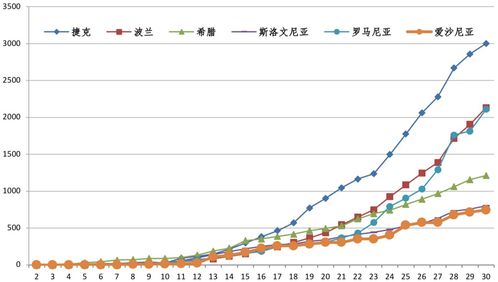最新疫情消息新动态
Latest COVID19 Pandemic Updates Through Big Data Analysis
As the world continues to grapple with the COVID19 pandemic, the utilization of big data has emerged as a crucial tool in understanding, tracking, and combating the spread of the virus. Through the analysis of vast amounts of data, ranging from infection rates and testing statistics to mobility trends and genomic sequencing, researchers and public health officials can gain valuable insights into the behavior of the virus and its impact on populations.
1. Infection Rates and Hotspots:
Big data analytics allow for realtime monitoring of COVID19 infection rates at both global and local levels. By analyzing data from testing centers, healthcare facilities, and government reports, researchers can identify emerging hotspots and areas of high transmission. This information is invaluable for implementing targeted containment measures and allocating resources where they are most needed.
2. Vaccine Distribution and Efficacy:
With the rollout of COVID19 vaccines, big data plays a critical role in monitoring distribution channels and tracking vaccination rates across different demographics. By analyzing vaccination data alongside infection rates, researchers can assess the effectiveness of vaccines in preventing transmission and severe illness. This information informs public health policies regarding vaccine distribution strategies and the need for booster shots.
3. Mobility Patterns and Social Distancing Compliance:
Mobile phone data and geospatial analysis provide insights into human mobility patterns and adherence to social distancing measures. By monitoring changes in movement trends, researchers can evaluate the effectiveness of public health interventions and predict potential outbreaks. This data is instrumental in guiding recommendations for targeted lockdowns, travel restrictions, and other mitigation strategies.
4. Variants Surveillance and Genomic Sequencing:
Genomic sequencing of SARSCoV2 samples enables the identification and tracking of virus variants with enhanced transmissibility or vaccine evasion potential. Big data analytics facilitate the rapid analysis of sequencing data from around the world, allowing researchers to monitor the emergence and spread of variants in real time. This information is crucial for adjusting vaccine formulations and developing targeted therapeutics.
While big data analysis offers invaluable insights into the dynamics of the COVID19 pandemic, it is essential to approach data collection and analysis ethically and responsibly. Here are some key considerations:
1. Privacy Protection:

Ensure that data collection methods prioritize individual privacy and comply with relevant regulations and guidelines. Implement anonymization techniques to protect personal identifiable information while still enabling meaningful analysis.
2. Data Sharing and Collaboration:
Promote open data sharing initiatives and collaboration among researchers, public health agencies, and private entities. Facilitate access to datasets and analytical tools to foster innovation and accelerate research efforts.
3. Transparency and Accountability:
Provide clear and transparent communication regarding data sources, methodologies, and findings. Foster public trust by maintaining accountability in data collection, analysis, and decisionmaking processes.
4. Equity and Fairness:
Ensure that big data analytics prioritize equity and address disparities in access to healthcare resources and vaccination opportunities. Identify and mitigate biases in data collection and analysis to promote fair and equitable outcomes for all populations.
In conclusion, big data analysis plays a crucial role in understanding and responding to the COVID19 pandemic. By harnessing the power of data analytics, researchers and public health officials can make informed decisions, track the spread of the virus, and mitigate its impact on communities worldwide.
